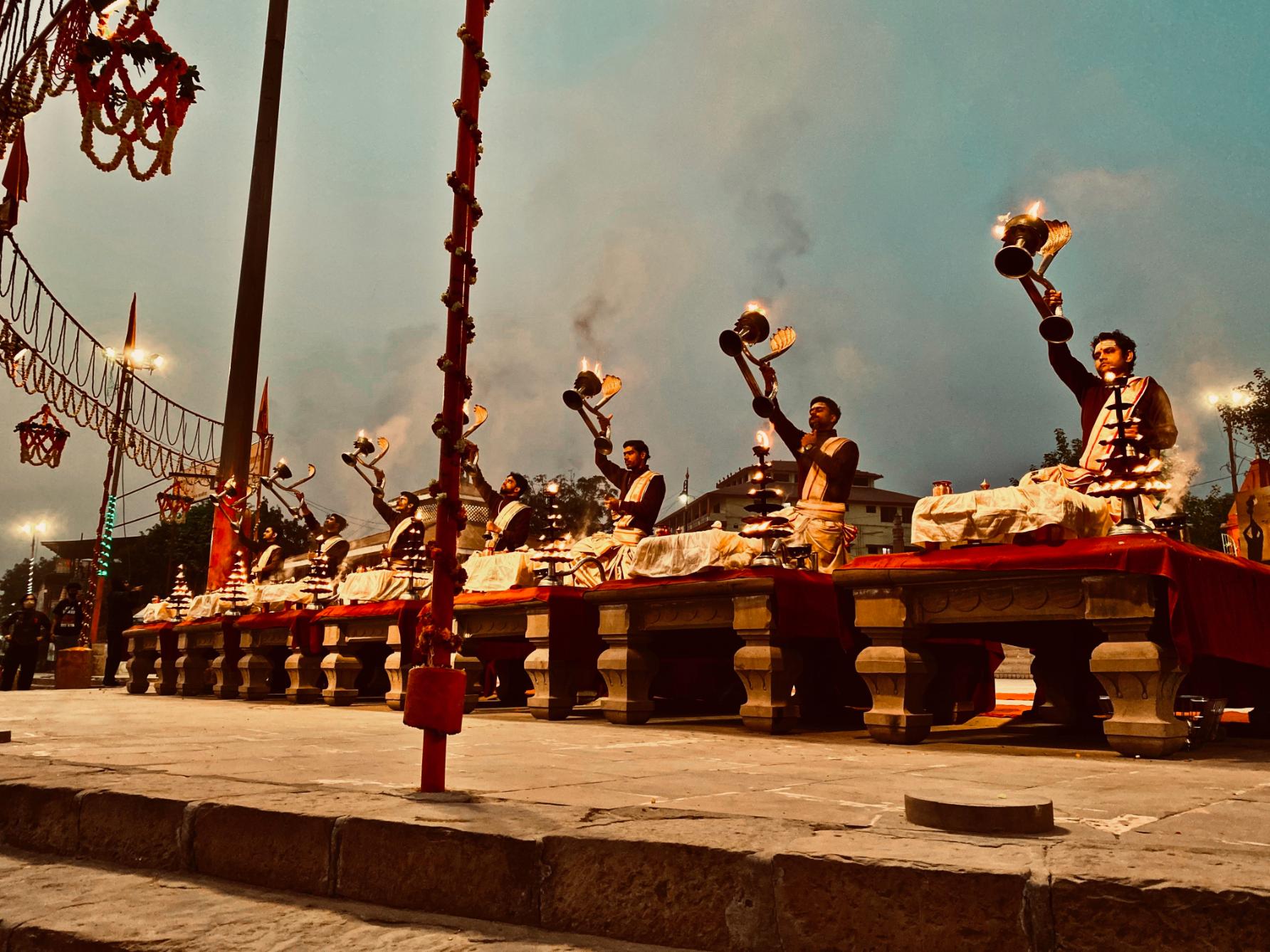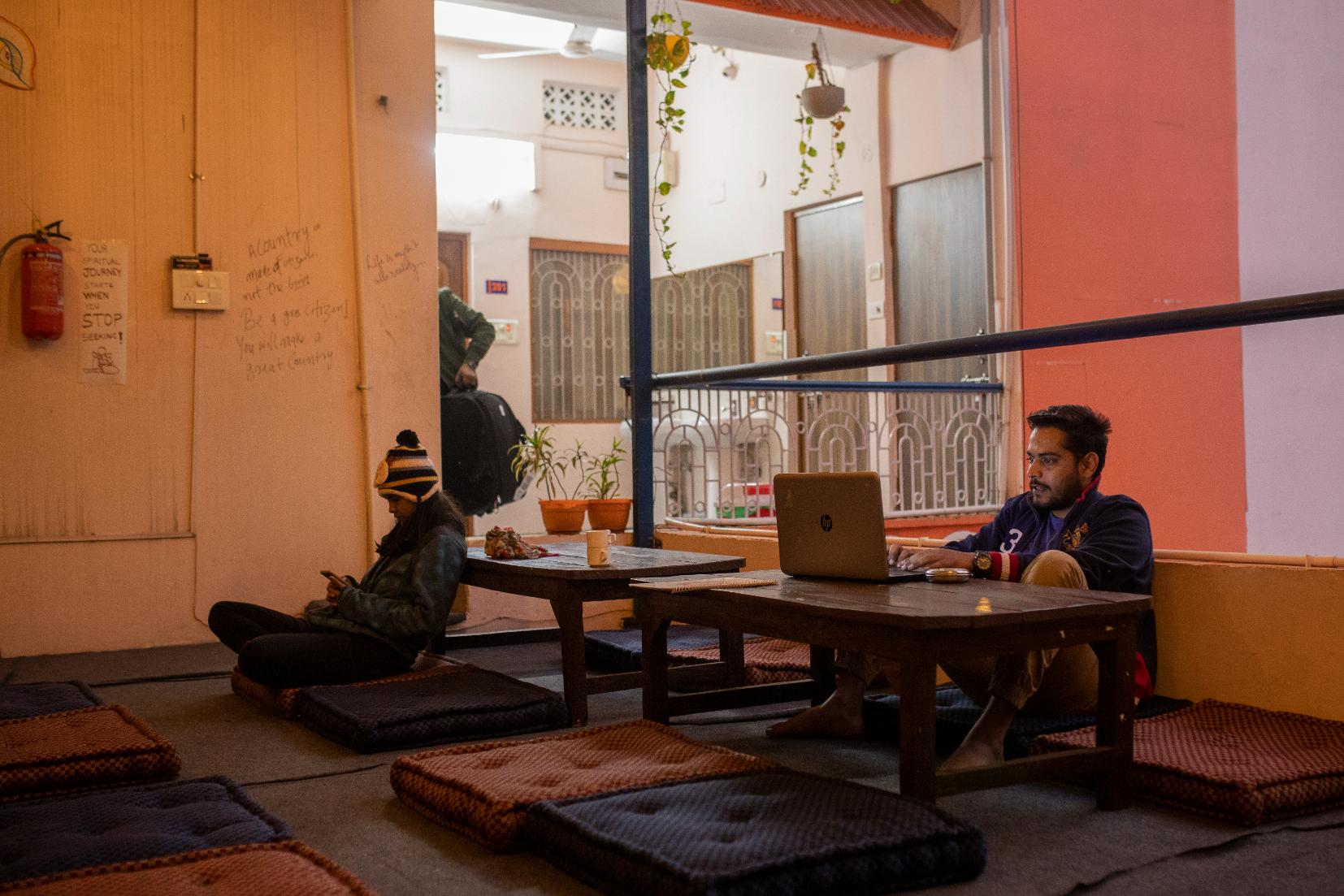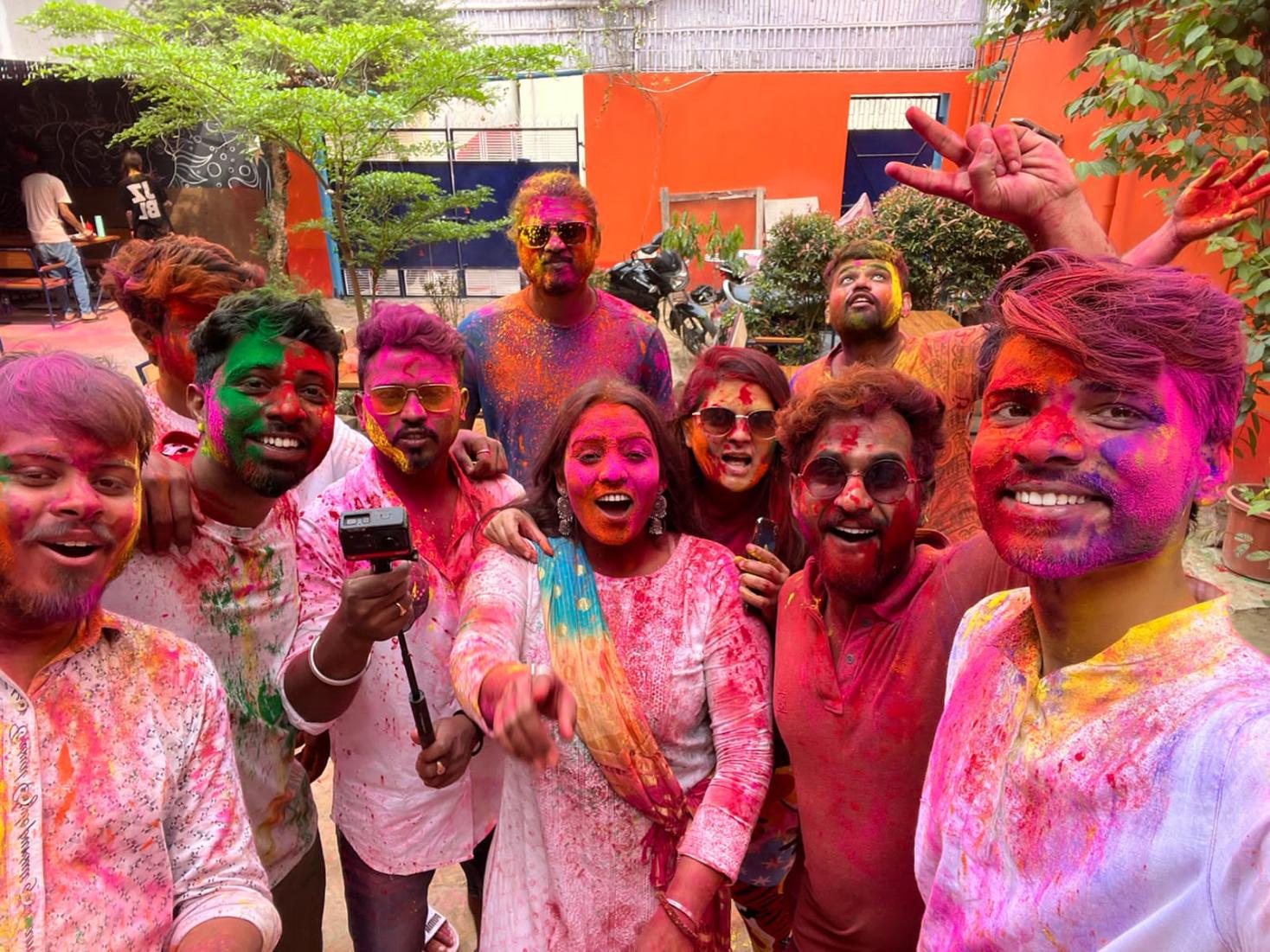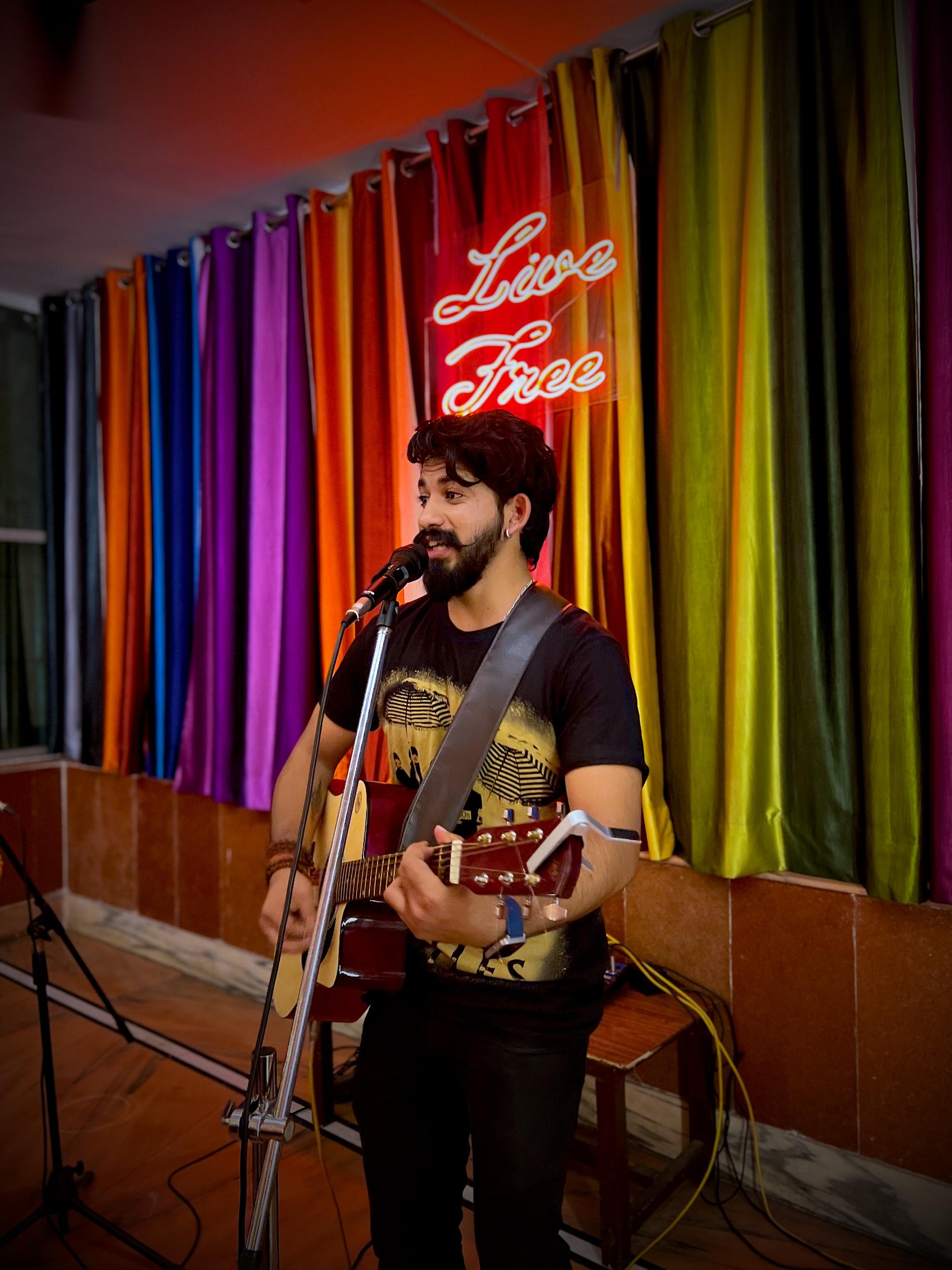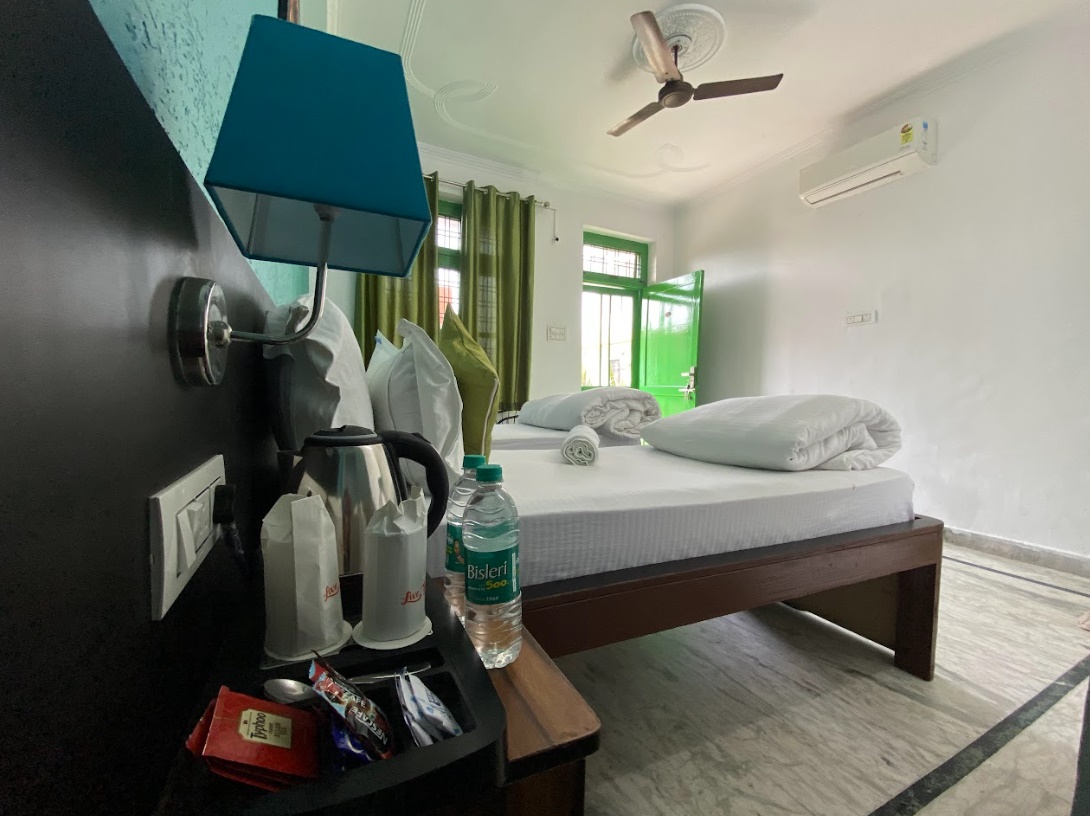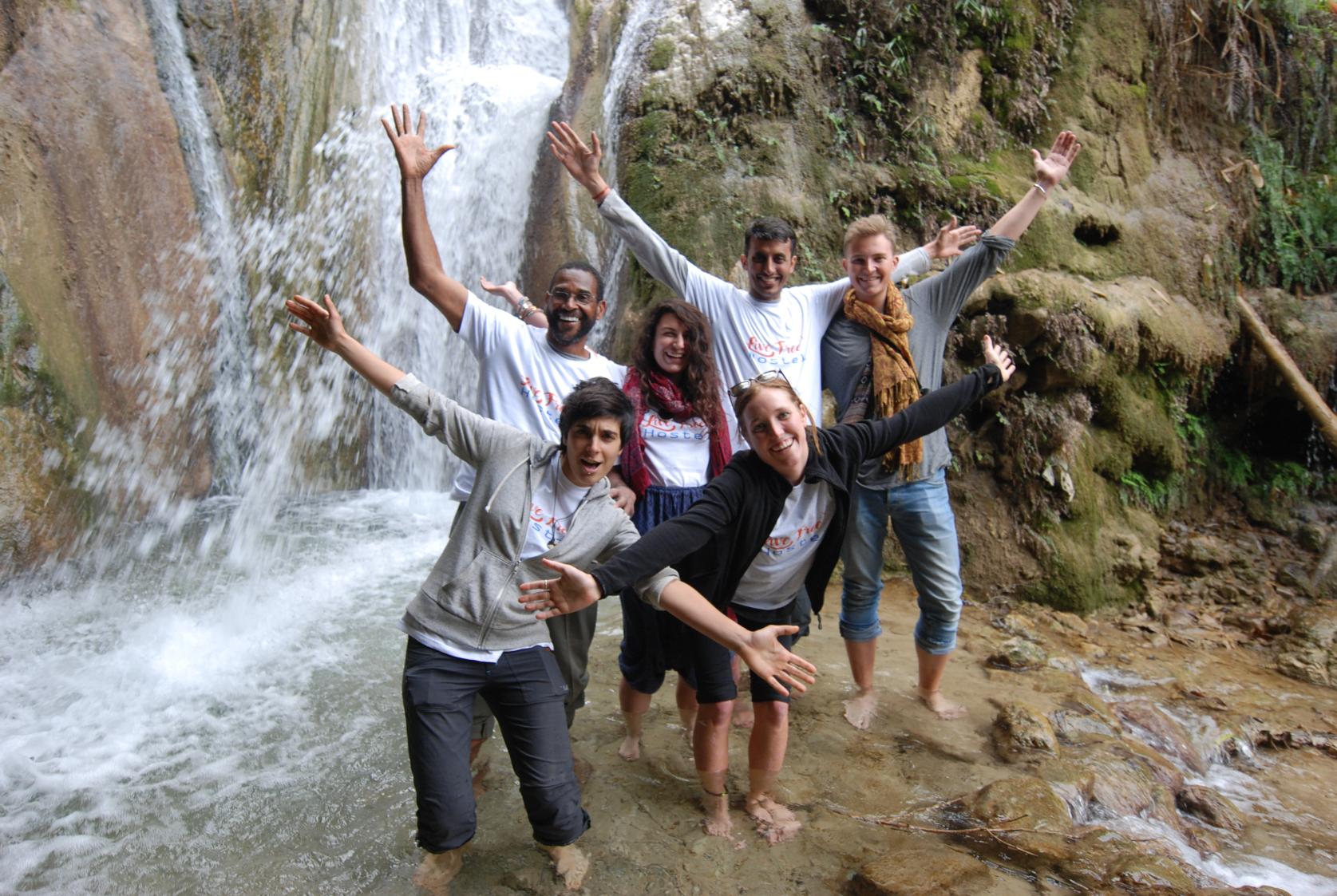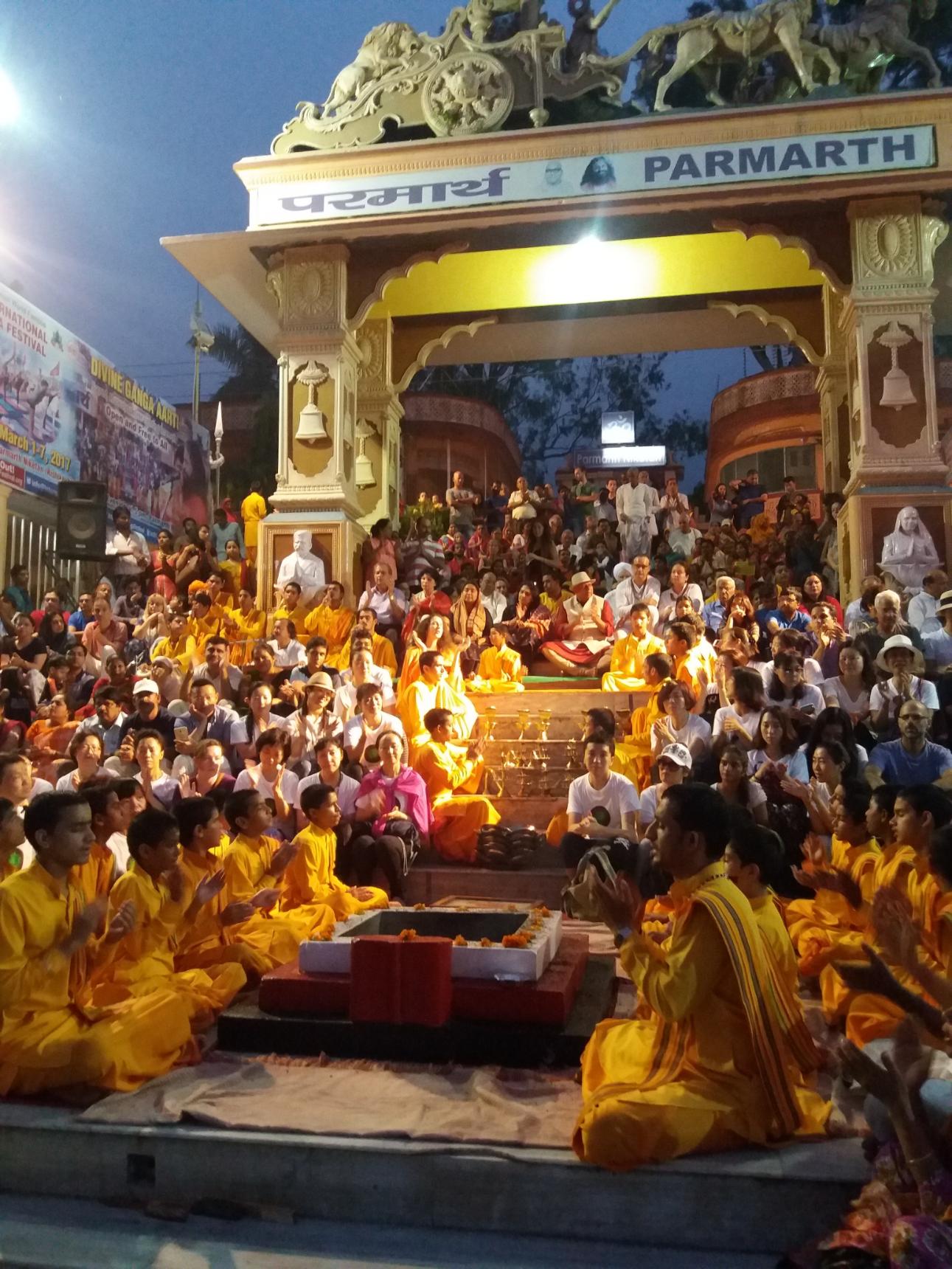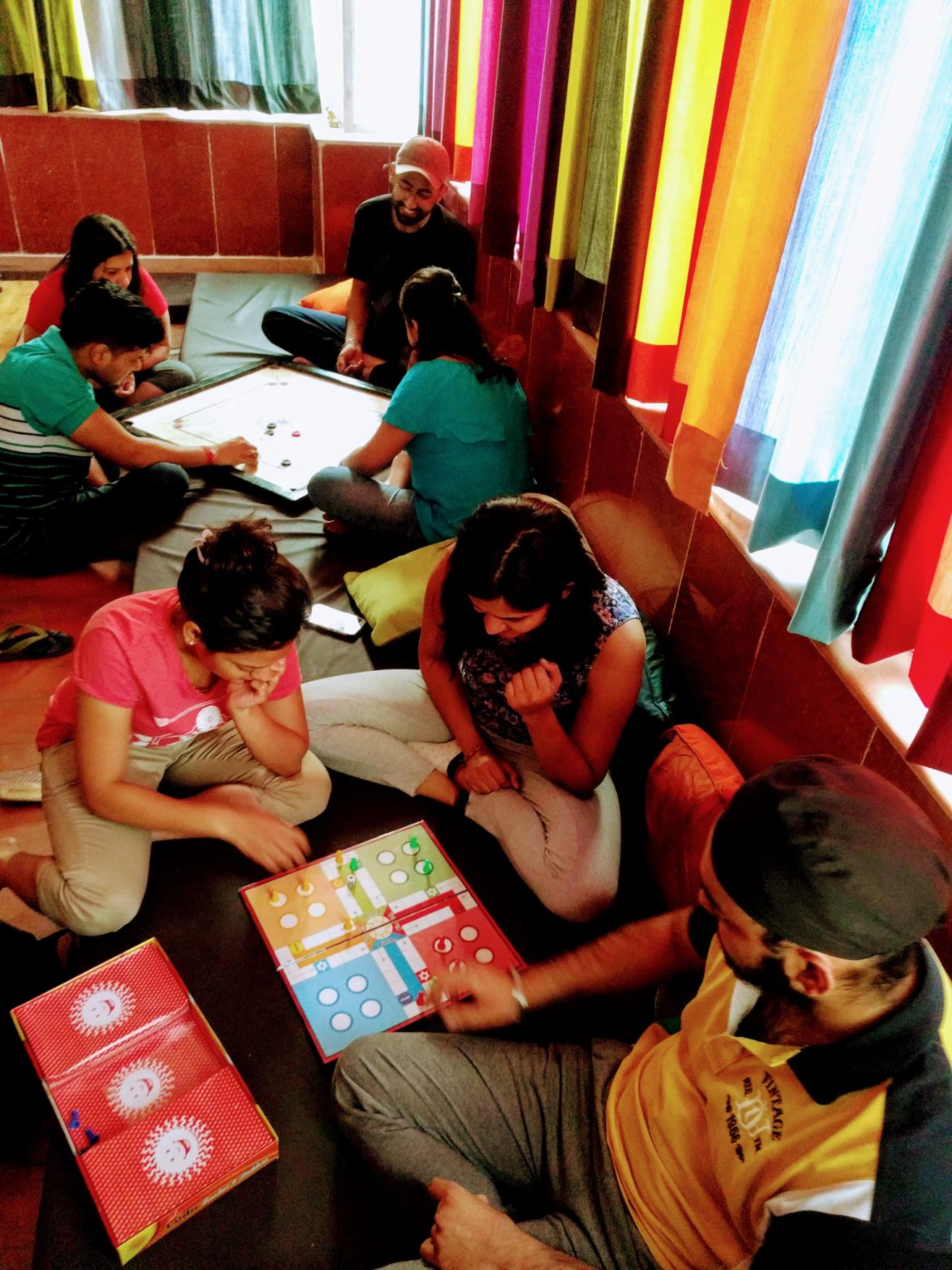Ghats of Varanasi
I sat on the rusty steps with a little notebook and pen in my hands. My fingers moved to break free as the scented breeze filled me inside. Flowers grew in the saddest part of me, every word I scribbled spoke the best of me. The pigeons cooed the triumph of Buddha’s sermons. My eyes rolled upwards to the sight of people rowing in the boats. The cheer of Ganga was remarkable.
Around 3000 years old, Varanasi located in the northern region of India gracefully drapes the holy Ganga to bestow salvation to many. Just like generation Z quotes “perfect as popcorn to a movie,” in the same way, Varanasi and Ganga are the perfect match made in heaven.
The Aryans called it Kashi, Jatakas named it Banaras, many called it Rudravasa the residing place of Shiva, and Mahashamshana for being the biggest cremation grounds.
Steps leading down to the Ganga are mystical. Varanasi houses around 100 ghats. Thousands hurdle down these stairs to join the aarti while many start their day taking a dip in the holy waters of Ganga. It is incredible to realize that these very stairs I sat upon have been adding ambiguous meaning to each of our lives.
The ghats dated back to the 14th century and mostly built by Maratha rulers in the 18th century planted curiosity in me to explore the oldest living city in the world.
Take a walk along with me to the significant ghats of Varanasi.
Assi Ghat

The vibrant Assi Ghat is the southernmost ghat of Banaras. It is built on the confluence of river Ganga and Assi. The ancient text of Kashi Khand says that the person who takes a dip here even once in his life will get Punya of all the Tirthas. The faith draws hundreds of pilgrims here. After taking a dip believers visit Shiva Lingham under the pipal tree at the ghat. One should not miss the morning aarti here. Subha Banaras a cultural event organized by local authorities that gives a good peek of yoga and music.
Dashashwamedh Ghat

The most significant ghat of Varanasi is Dashashwamedh Ghat. The Hindu legend goes, Lord Brahma constructed this ghat to welcome Lord Shiva. It is also believed that Ashwamedha Yagya was performed here by Brahma. Floating on a boat ride to witness the lamps swirled by the priests paying respect to Mother Ganga in the evening is an overwhelming experience.
Chet Singh Ghat

If you fancy modern history like me then a visit to Chet Singh Ghat would be the star experience for you. Maharaja Chet Singh constructed a small for here in mid-18th century. Touching the walls of the fort draws you back to the days when a fierce battle was fought here between East India Company and Chet Singh. A sense of grieve triggered my spirit when I was told the fort was captured and the maharaja was imprisoned here. The beautiful ghat is the best spot to sit with your journal with the birds flocking around you.
Darbhanga Ghat

An Instagram blog with pictures of Darbhanga Ghat would boom you with compliments. The towers and turrets of Dharbhanga Palace are delights to the touristy eyes. It is also home to a Shiva Temple. Take a stroll on this ghat with your ukulele to spread love.
Manikarnika Ghat

The most auspicious among all, Manikarnika Ghat is a place where the life cycle ends. One could persuade salvation when cremated here. The ghat is stacked up with piles of woods to perform the Hindu cremation rituals. It is believed when the Goddess Sati jumped into the fire her earrings fell at this ghat. Therefore, Manikarnika literally means earrings. The air is filled with smoke here. The place makes you realize how inevitable death is.
Raj Ghat
Situated in the southern part of Varanasi, Kedar ghat is named after Lord Shiva. It has a Gauri Kund, and the water of it is believed to have healing properties. The steps of the ghat are crowded with saints and devotees.
Kedar Ghat

Situated in the southern part of Varanasi, Kedar ghat is named after Lord Shiva. It has a Gauri Kund, and the water of it is believed to have healing properties. The steps of the ghat are crowded with saints and devotees.
Tulsi Ghat

Another important ghat of Varanasi is Tulsi Ghat. The ghat was built in respect of the 16th-century poet Goswami Tulsidas. He wrote the epic poem Ramcharitramanas when he was in Varanasi. Best time to visit here is during Diwali when Krishna Leela is staged.
Harishchandra Ghat

Founded to preserve truth and charity by King Harishchandra, this ghat is one of the oldest cremations ghats in Varanasi. It is believed the person whose last rites are performed here gets salvation.






